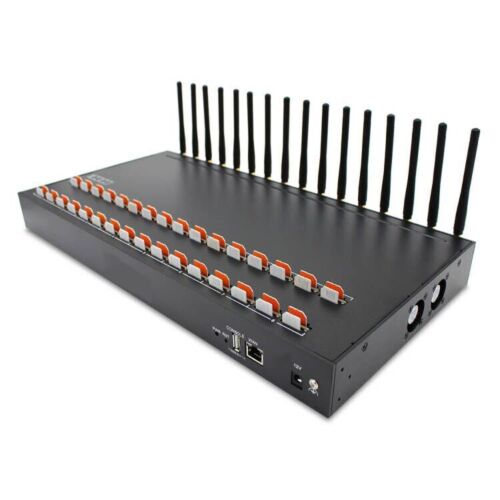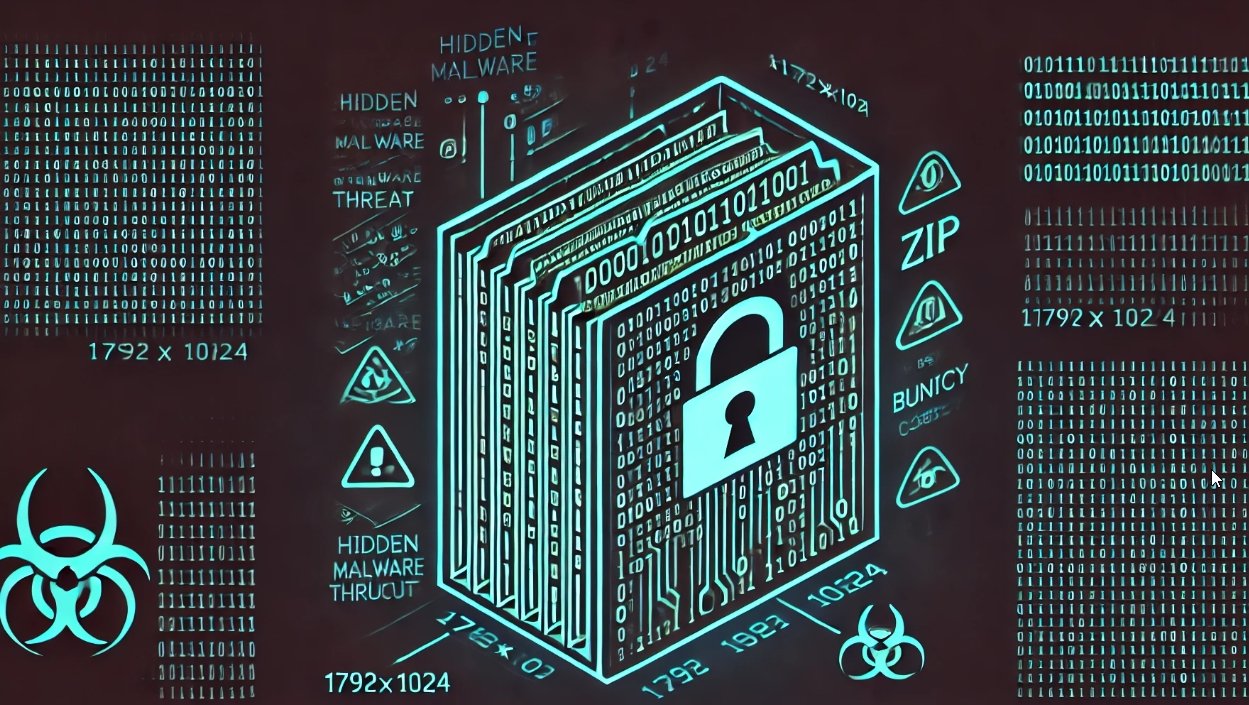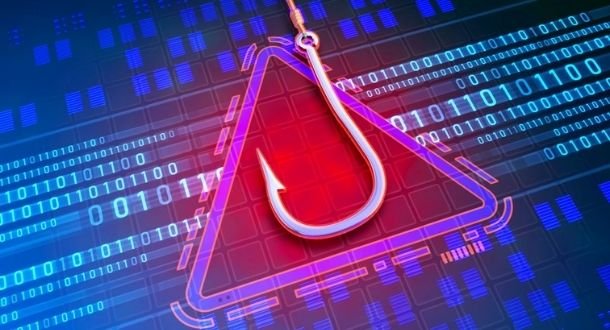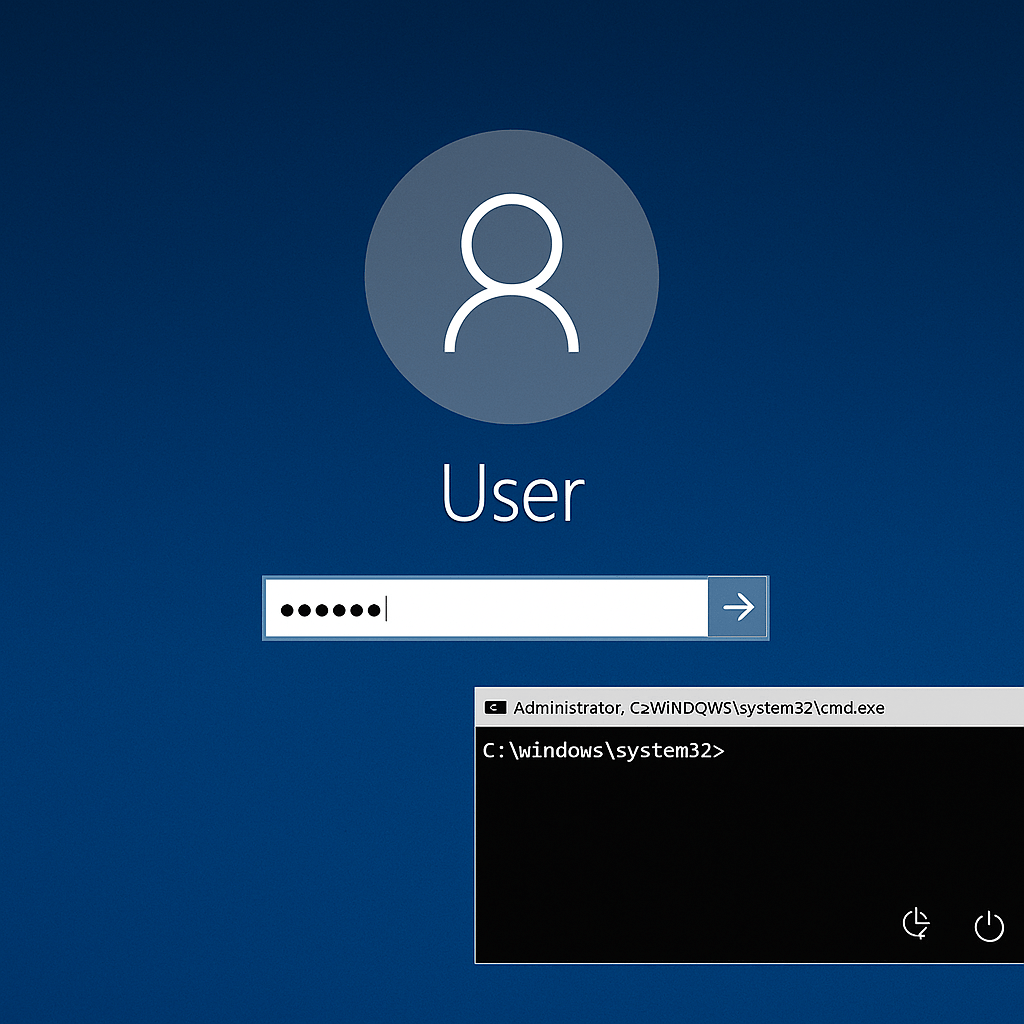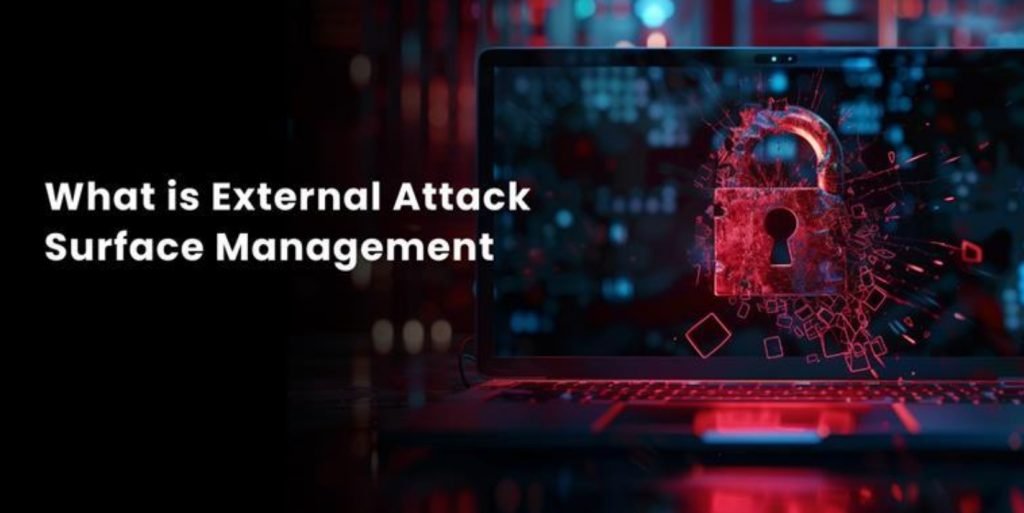
Imagine trying to guard your home without knowing how many doors and windows it has, let alone which ones are unlocked. That’s the challenge many organizations face with their digital environments. As businesses expand their online presence, they inadvertently increase their exposure to cyber risks. External Attack Surface Management (EASM) acts as the vigilant guardian, identifying and securing these “entry points” before cybercriminals can exploit them.
But what makes EASM so vital, and how does it work in practice? Let’s explore in this article in detail.
Understanding External Attack Surface Management
External Attack Surface Management or EASM refers to the process of identifying, monitoring, and managing an organization’s digital assets that are exposed to the internet and could potentially be exploited by threat actors. These assets can include websites, cloud services, APIs, IP addresses, third-party software, and other components that make up an organization’s external digital presence.
Unlike traditional Attack Surface Management (ASM), which focuses on internal and external assets, EASM narrows its focus to the external-facing components. It aims to provide visibility into all digital assets that attackers could target, enabling organizations to proactively address vulnerabilities and reduce risks.
Why EASM is Essential
The external attack surface is constantly changing. New assets are created, existing ones are modified, and shadow IT (unauthorized IT resources) can further complicate the landscape. Without a strong attack surface management solution, organizations risk leaving critical vulnerabilities unaddressed, making them easy targets for cybercriminals.
EASM ensures continuous monitoring, helping organizations stay one step ahead of potential threats.
Key Benefits of External Attack Surface Management
- Comprehensive Visibility: EASM tools provide a detailed inventory of an organization’s external-facing digital assets, ensuring that nothing is overlooked.
- Proactive Vulnerability Management: By identifying weak points in the external attack surface, organizations can address vulnerabilities before they are exploited.
- Improved Incident Response: With better awareness of the external attack surface, incident response teams can act swiftly to mitigate breaches.
- Enhanced Third-Party Risk Management: Modern businesses rely heavily on third-party vendors and partners. EASM aids in monitoring the external attack surface of these entities, strengthening the overall supply chain risk management strategy.
- Cost-Effective Security: Preventing breaches through proactive monitoring and remediation is far less expensive than dealing with the aftermath of a cyberattack.
Difference Between EASM and ASM
Although Attack Surface Management (ASM) and EASM share similarities, they cater to different aspects of an organization’s security needs:
| Aspect | EASM | ASM |
| Scope | Focuses on external-facing assets exposed to the internet. | Covers both internal and external assets. |
| Use Case | Ideal for identifying risks associated with digital transformation. | Broader approach to overall organizational security. |
| Target Audience | Often used by security teams focusing on perimeter defense. | Utilized by security teams handling comprehensive risk. |
How to Implement External Attack Surface Management
- Asset Discovery: Start by identifying all external-facing assets, including websites, IP addresses, cloud environments, and third-party integrations. An attack surface management tool can automate this process for efficiency.
- Prioritize Risks: Not all assets pose the same level of risk. Use an attack surface management platform to classify and prioritize vulnerabilities based on their potential impact.
- Continuous Monitoring: Cybersecurity threats evolve rapidly. Continuous monitoring ensures that new vulnerabilities or changes in the attack surface are promptly detected.
- Integrate with Existing Tools: Leverage integrations with vulnerability management, incident response, and third-party risk management solutions for a unified security strategy.
- Engage a Trusted Partner: Partnering with an attack surface management company or subscribing to an attack surface management service can provide additional expertise and resources.
EASM Best Practices
- Automate Discovery: Use advanced External Attack Surface Management tools like Cyble Vision to automate the identification of external assets, reducing manual effort.
- Regularly Update Inventory: Keep an up-to-date inventory of all external-facing assets to ensure no blind spots.
- Implement Zero Trust Principles: Adopt a zero-trust approach to reduce reliance on perimeter defenses and focus on verifying every interaction.
- Monitor Third-Party Risks: Extend EASM practices to include vendors and partners to mitigate risks from the supply chain.
- Integrate with Security Ecosystem: Ensure that your attack surface management product integrates seamlessly with existing tools for streamlined operations.
External Attack Surface Management Tools
Several tools are available to simplify EASM implementation. These tools use automation, artificial intelligence, and machine learning to provide actionable insights. Leading EASM tools often include features like:
- Automated discovery of digital assets.
- Risk prioritization and remediation recommendations.
- Integration with broader cybersecurity ecosystems.
- Continuous monitoring and alerting.
Popular tools and platforms include, Cyble Microsoft Defender External Attack Surface Management, Palo Alto Networks Cortex Xpanse etc.
Choosing the Right EASM Solution
When selecting an attack surface management solution, consider the following:
- Ease of Use: Choose a tool that simplifies the process of asset discovery and monitoring.
- Scalability: Ensure the solution can grow with your organization’s needs.
- Integration: The solution should work well with existing security tools, such as those for vulnerability management and incident response.
- Customization: Look for tools that allow you to tailor dashboards, reports, and alerts to your requirements.
The Role of EASM in Supply Chain Risk Management
Supply chains introduce unique cybersecurity challenges. Vendors, contractors, and other third parties can inadvertently expand your attack surface. By leveraging EASM, organizations can:
- Monitor third-party digital assets for vulnerabilities.
- Ensure compliance with cybersecurity standards.
- Reduce risks associated with shadow IT and unauthorized access.
Conclusion
Your organization’s cybersecurity future hinges on its ability to adapt to an ever-changing digital environment. Embracing External Attack Surface Management is not just a security measure—it’s a competitive advantage. By leveraging the right tools, adopting EASM best practices, and partnering with experts, you can turn your digital vulnerabilities into opportunities for protection.
The journey starts now—how prepared are you?

Working as a cyber security solutions architect, Alisa focuses on application and network security. Before joining us she held a cyber security researcher positions within a variety of cyber security start-ups. She also experience in different industry domains like finance, healthcare and consumer products.

